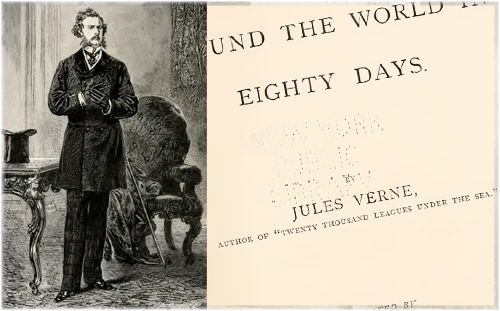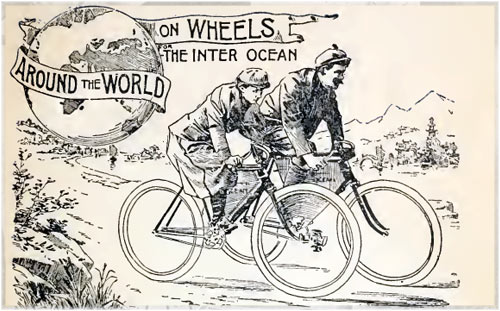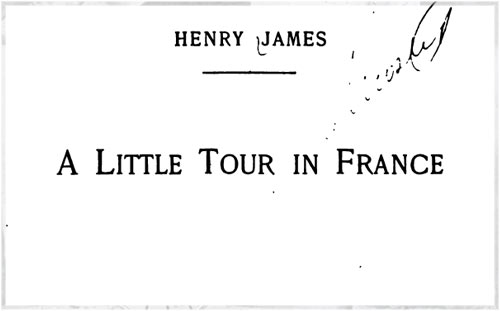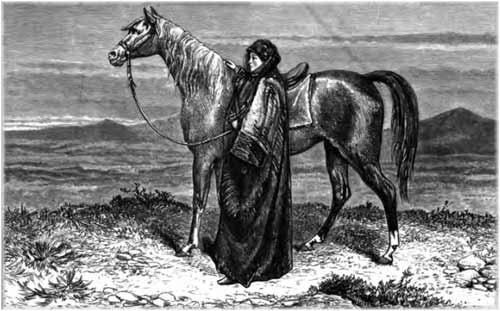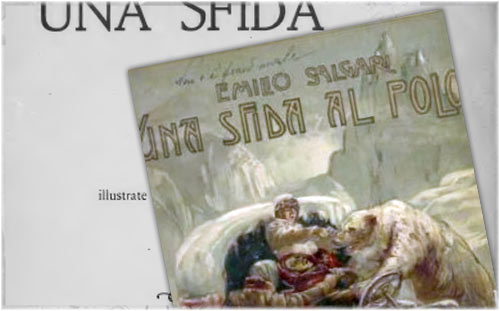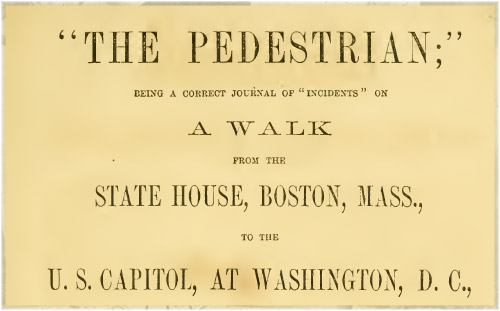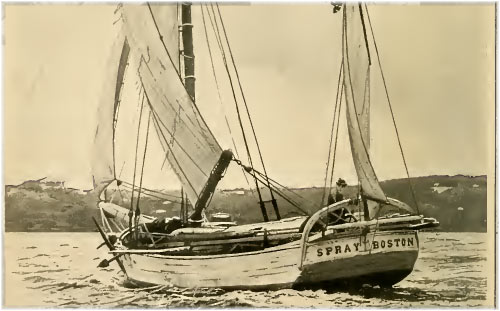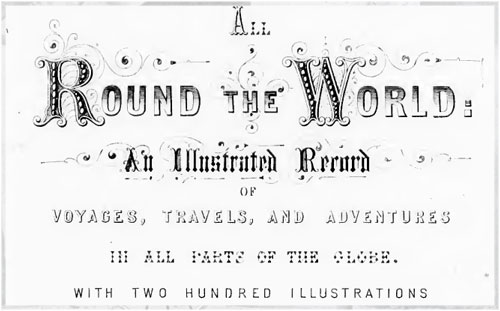McIlrath, H. Darwin. Around the World on Wheels for the Inter Ocean the Travels and Adventures in Foreign Lands of Mr. and Mrs. H. Darwin McIlrath. [Chicago]: Inter Ocean Pub. Co., 1898.
Blunt, Anne. A Pilgrimage to Nejd, the Cradle of the Arab Race. London: J. Murray, 1881.
Weston, Edward Payson. The Pedestrian: Being a Correct Journal of “Incidents” on a Walk from the State House, Boston, Mass., to the U.S. Capitol, at Washington, D.C., Performed in “Ten Consecutive Days,” between February 22d and March 4th, 1861. New York: Printed for E.P. Weston, 1862.
Ainsworth, William Francis. All Round the World : An Illustrated Record of Voyages, Travels and Adventures in All Parts of the Globe. London: W. Collins, 1871.

